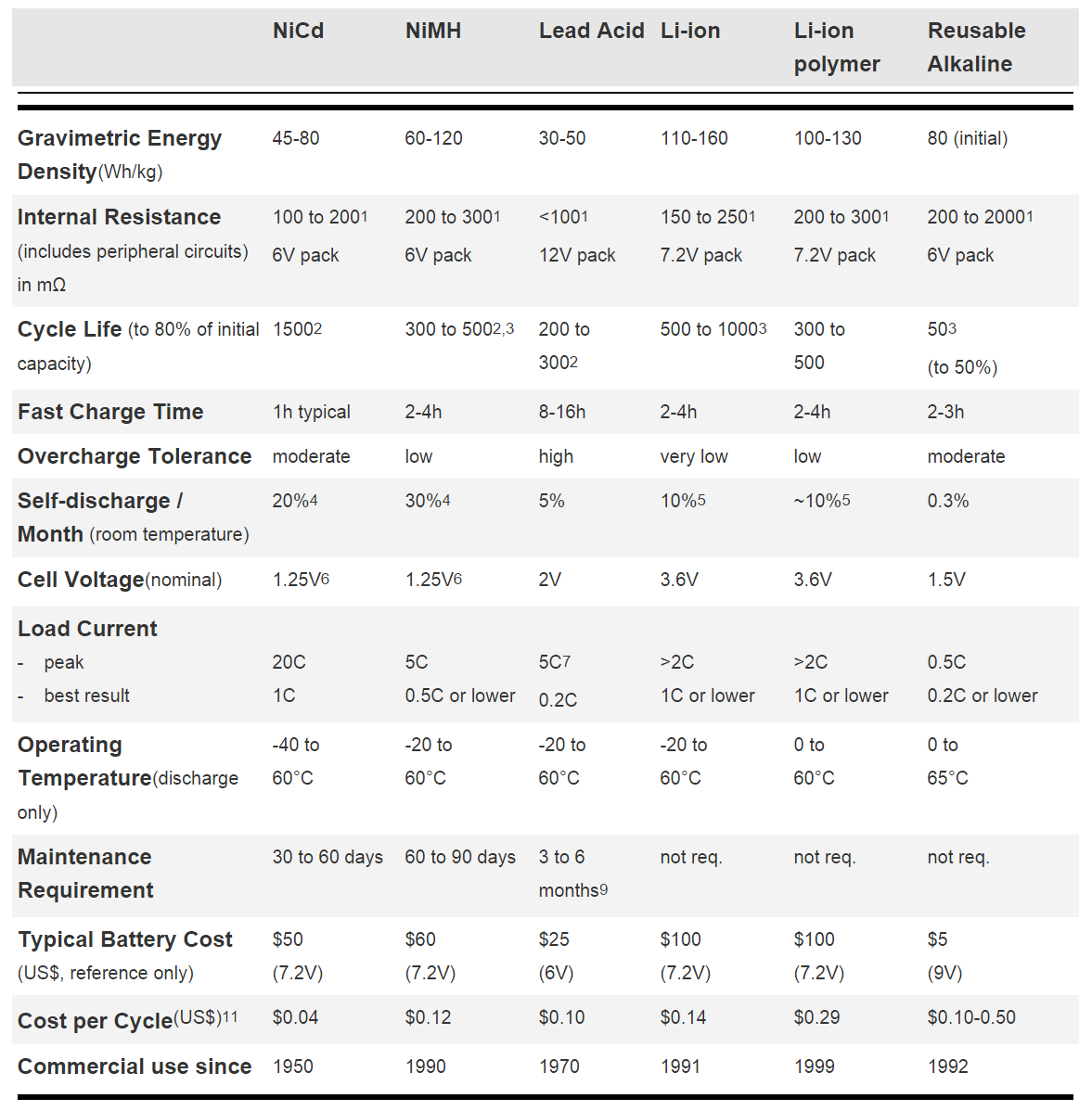

Power System
Powering the VIRGIL is a challenging feat. There are a multitude of systems that each have unique requirements. Although our sensor system will consume just 4.2W, our RF components will consume orders of magnitude more at 877.56W for the amount of times we are transmitting to the orbiter. However, most times, we'll be using the relatively low powered monopole RF chain for communication between VIRGILs on the surface - listening, primarily, only using 6.36W, plus the power of the sensor, 4.2W. While we'll need to transmit EXTREAMLY high powers to communicate off the Venusian surface, we'll only be doing so for an EXTREAMLY short amount of time, on the order of milliseconds. If we only need to transmit for 100milliseconds to the orbiter, then we'll only be using 87.75J of energy. To supplement the RTG, and to provide these high 'burst' values of energy, we'll use a battery pack that the RTG will charge. In keeping with the design philosophy of DiSOPS, we'll use COTS batteries. Because the amplifier is specified to draw 22.3 amps, we'll need several batteries in parallel to supply our 3 amplifiers the 66.9amps they'll need operating in parallel [1]. Table 1, courtesy of Battery University, outlines strengths and weaknesses of different battery technologies [2].

Table 1. Courtesy of Battery University. [2].
From Table 1, SiCLOPS has chosen to use a bank of NiCd cells to store our energy. NiCds are chosen because the VIRGIL has a VERY high transmit current draw, and NiCds can provide the most current with the leave amount of cells, while also surviving the most cycles. We see our peak current is 20C, which means SiCLOPS will need to use at least a 1.115AmpHour battery back. SiCLOPS will provide some extra room for battery keeping, and to prevent the battery from becoming completely discharged, a 1.5AmpHour battery has been specified. Assuming a specific energy of 50Wh/kg, each VIRGIL will need roughly 17.42kg of batteries [3]. Figure 2 shows the battery arraignment in a VIRGIL.

Figure 2. Battery Arrangement in VIRGIL.
[1] "Gallium Nitride Broadband Power Amplifier," Aethercomm, Inc, Carlsbad, CA. Internet: http://www.aethercomm.com/upload/specs/103.pdf, [July 23, 2014].
[2]. Battery University. "What's the best battery?" Internet: http://batteryuniversity.com/learn/article/whats_the_best_battery, [July 24,2014]
[3] Wikipedia. "Nickel-Cadmium Battery." Internet: http://en.wikipedia.org/wiki/Nickel%E2%80%93cadmium_battery, May 31, 2014 [July 24, 2014].
[2]. Battery University. "What's the best battery?" Internet: http://batteryuniversity.com/learn/article/whats_the_best_battery, [July 24,2014]
[3] Wikipedia. "Nickel-Cadmium Battery." Internet: http://en.wikipedia.org/wiki/Nickel%E2%80%93cadmium_battery, May 31, 2014 [July 24, 2014].